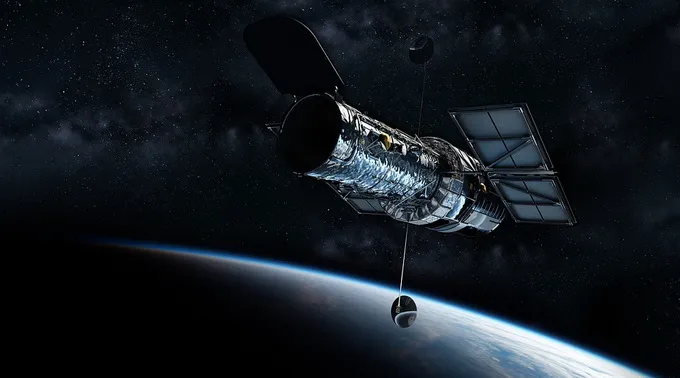
The Hubble Space Telescope has been quietly hovering in the Earth's orbit for more than 25 years. During this time hundreds of stunning images were received from the telescope, even now it continues to send incredible images of the cosmos. This is an amazing technological achievement.
Since Hubble is outside the Earth's atmosphere, he can observe the Universe much further and better than any astronomical tool used previously. Now he is completing his mission, but we will never forget the wonderful kinds of space that he provided us. Of the hundreds of images Hubble received, we selected our favorites for this collection. Here they are not located in any particular order.
Super-detailed Crab Nebula
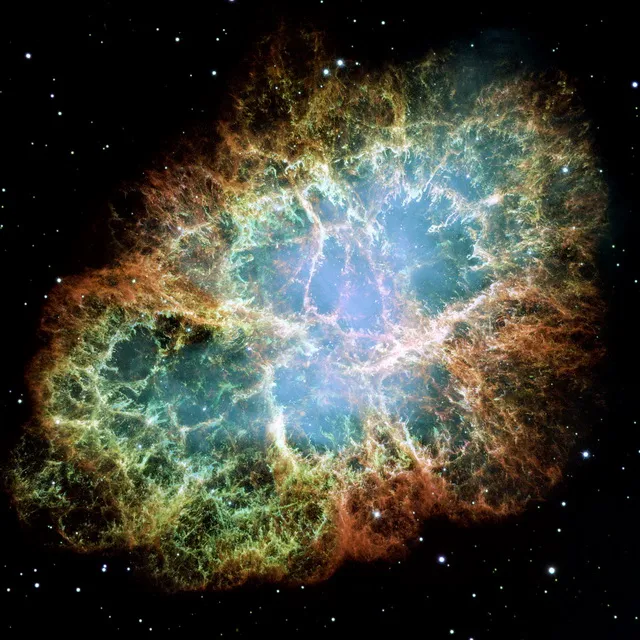
Hubble took this snapshot of the mosaic of the Crab nebula, located at a distance of 6,500 light-years, using a WFPC2 camera in 2000.
Pillars of Creation
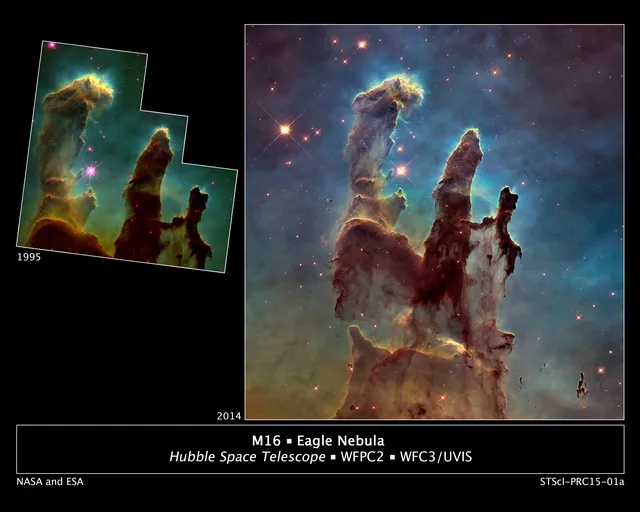
One of the most famous images of Hubble is a structure in the Eagle Nebula, called the "Pillars of Creation." The original was terrific, but the telescope photographed it in 2014, using an improved WFC3 camera. The above image shows both versions.
eXtreme Deep Field
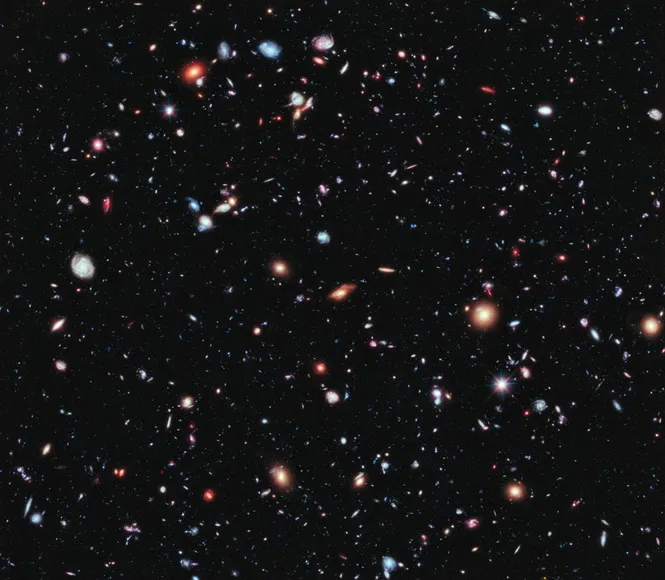
A detailed snapshot of a small part of the space in the constellation Stove. The photograph was presented in September 2012. There are about 5,500 galaxies in the image, the farthest is located at a distance of 13.2 billion light years from us.
Galactic Sombrero
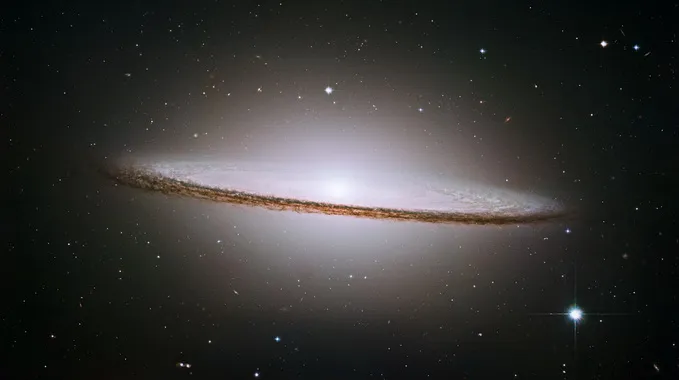
Galaxy Sombrero: Hubble received a picture of the stunning Sombrero galaxy (M104) in 2004. The size of Sombrero is 50,000 light-years across and it is located at a distance of 28 million light-years from Earth. This unusual form of the galaxy is due to thick dust rings around the perimeter of the disk.
The Orion Nebula

Hubble was closely watching the Orion Nebula in 2006 to get this photo. This is the nearest star-forming region to the Earth at a distance of 1500 light years.
Galaxy Whirlpool
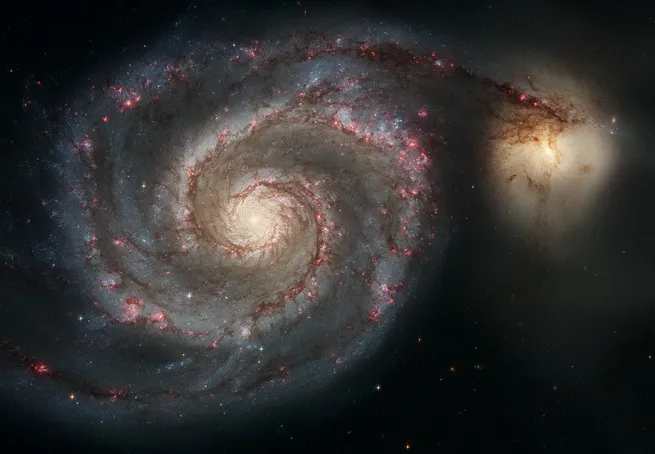
Hubble received this impressive image of the Whirlpool Galaxy (M51) and its small companion galaxy in 2005 with Advanced Camera for Surveys (ACS). The angle of the shot gives us a beautiful view of the amazing spiral arms of this galaxy, stretching in space for 25 million light years.
